EcoFlow Power Kits – should you buy this modular power solution?
The EcoFlow Power Kit is a brand new, all-in-one solution to a campervan electrical system. Using modular components, these kits have simplified the installation process for the electrical newbie. Not only that, but the big battery capacity and high-spec components will be able to provide a lot of off-grid power.
However, even though the EcoFlow Power Kits are compact and capable, we’re not convinced they’ll work for everyone. In this article, we’ll explain how the system works and then give you an honest review of the product. We’ll weigh up the pros and cons, explaining who might benefit and who is best to steer clear.
Lastly, we’ll compare the EcoFlow Power Kit with a conventional campervan electrical system. We’ll break down the costs and help you make the right decision for your campervan.
What are Ecoflow Power Kits?
General overview
The EcoFlow Power Kits are a new and alternative solution to off-grid power. The full kit contains everything you need to keep a campervan powered off-grid, with a big lithium battery bank and multiple methods of charging.
EcoFlow Power Kit with Power Hub, solar panel, battery bank, AC/DC distribution panel and Console
A complete kit consists of:
- a lithium battery bank
- a Power Hub
- an AC/DC distribution panel
- a choice of solar panel
- and a Power Kit Console (touch screen monitor)
On the Ecoflow website, there are three different types of kit:
Get Set Kit
- Power Hub
- Battery
Prepared Kit
- Power Hub
- Battery
- Distribution panel
Independence Kit
- Power Hub
- Battery
- Distribution panel
- Console
At Nohma, we sell the Prepared kit and the Independence kit. Saying that, we also sell each module separately, so you can choose any combination you like.
With each kit, the battery size can be specified as you order, as well as the size and number of solar panels. Lastly, the Power Kit Console (7 inch touch screen monitor) can be included as an optional extra.
The Power Hub is definitely the most unique aspect of the EcoFlow Power Kits, because it combines the capabilities of 4 or 5 different devices. As a result, the system can support several methods of charging:
- From solar power
- From a vehicle’s alternator
- From shore power
- From a generator
Until now, a typical electrical system in a campervan would be made up of various components, all with different jobs, which must be carefully chosen and wired together. In contrast, the EcoFlow kits consist of only a few modules. This simplifies the design process and makes installation really neat and simple.
Details and specifications
EcoFlow Power Kit Power Hub
The Power Hub acts as the control centre of this modular electrical system. All of the charging sources are connected to the hub, which then distributes the power between the battery pack and the AC and DC loads.
The Power Hub combines the following components into one big module:
- Inverter – 3600W
Converts the low voltage, DC battery power into 230V AC power
- AC charger – 3000W
Uses 230V AC power to charge the battery bank
- 3 x MPPT charge controllers – up to 1500W and 15-150V per array
Uses the incoming solar power to charge the battery bank
- DC-DC charger – 1000W max
Uses a DC input from a vehicle alternator or smart generator to charge the battery bank
To connect each charging source, there are several input ports which run along the bottom of the Power Hub. Next to these are the battery ports and a single 230V AC plug point.
The Power Hub has various ports which run along the bottom and side of the module
The outlet ports for the DC and AC power are on one side of the hub. These can be connected to the AC/DC distribution panel. If you choose a kit without the distribution panel, you can connect the AC output to a 230V consumer unit and the DC output to a 12V fuse board.
EcoFlow Power Kit AC/DC distribution panel
The AC/DC distribution panel simply acts as a distribution board for AC and DC power. Once installed, you’ll be able to wire in 6 different AC circuits (230V) and connect up to 12 different DC circuits (12V).
Additionally, the AC/DC distribution panel also houses the fuses and circuit breakers required for each circuit.
The EcoFlow Power Kit manual recommends the use of an RCD on the AC input and AC output, to comply with local regulations. See section 3.3 They don’t meet regulations for more information.
EcoFlow Power Kit battery pack
Included in every EcoFlow Power Kit is a lithium-ion battery pack. You can choose the best size for your system at the time of ordering.
The batteries themselves operate at 48V and come in two sizes: 2kWh and 5kWh.
These batteries can be combined to achieve a higher capacity, with a maximum of three per system. As a result, there are five capacity options to choose from: 2kWh, 4kWh, 5kWh, 10kWh or 15kWh.
If you’re used to working in 12V, here’s the equivalent Ah of each battery bank:
- 2kW = 167Ah @ 12V
- 4kW = 333Ah @ 12V
- 5kW = 417Ah @ 12V
- 10kW = 833Ah @ 12V
- 15kW = 1250Ah @ 12V
Lastly, the EcoFlow batteries have a service life of 4,000 cycles (down to 80% capacity) and can operate between -20oC and 57oC.
EcoFlow Power Kit solar panels
There are a range of solar panels available with the EcoFlow Power Kit, with a choice of rigid, flexible and foldable options.
The following solar panels are available:
- Rigid solar panel – 100W or 400W
- Flexible solar panel – 100W
- Foldable solar panel – 220W or 400W
Or any combination of the above can be used. However, remember that only solar panels of the same wattage should be connected for maximum efficiency.
Alternatively, you could go for a different solar panel brand altogether. The Power Kit comes with MC4 adapters which are used on most solar panels. Therefore, you just need to ensure that the total voltage of each solar array is less than 150V, and the total wattage of each array is less than 1500W.
EcoFlow Power Kit Console
As an optional extra, you can also include the Power Kit Console in your bundle. This Console is a 7 inch touch screen which can be used to monitor and control the EcoFlow electrical system. The screen displays the state of charge, temperature and voltage of each battery, as well as the time it will take to fully recharge under the current conditions.


As a cheaper alternative, you can simply monitor the system remotely from a smartphone using the EcoFlow app. The app is available from the Apple Store or Android.
EcoFlow Power Kit cable pack
A pack of cables comes with every EcoFlow Power Kit. These are used to connect the various modules. In contrast to the screw terminals you see on most electrical products, EcoFlow has provided unique adapter plugs. This makes plugging into the Power Kit easy, tidy and secure.
Advantages of EcoFlow Power Kits
EcoFlow Power Kits are really neat and compact, saving space and making the installation process relatively quick and simple. Specifically, the all-in-one design of the Power Hub will save the hassle of wiring together lots of ‘big cable’ devices (like an inverter, charge controller, battery monitor and battery to battery charger).
However, regardless of this simplification, there is still a fair amount of wiring to do before the system is ready to use. You’ll still need to wire up all the AC and DC loads, connect to the vehicle’s alternator, and install an electric hook-up point. Therefore, although the EcoFlow kit does simplify things, you’ll still need to learn the electrical basics to install this system.
Another advantage is the potential to go big with your system, if you want to. The inverter and charge controllers inside the Power Hub can sustain a large current and power draw. Therefore, if you need loads of power and fast charging, the EcoFlow system will be able to accommodate that.
Similarly, you have the option of a big battery bank if you need it. The biggest options of 10kWh and 15kWh are far more than any campervan would need. In fact, these battery banks would be well-suited to a small off-grid home.
Disadvantages of EcoFlow Power Kits
They are over-specced
The Power Hub in the EcoFlow kit has been designed to accommodate big power draws and big charging currents. Unfortunately, there’s only one size to choose from, so if you don’t need this for your campervan, then the system will be massively over-specced.
Most notably, the 3600W inverter inside the Power Hub is over-specced for the majority of campervan users. In fact, for all of the electrical systems we’ve designed and supplied through Nohma, only 1.7% of customers needed a 3000VA inverter. In other words, for the other 98.3%, the EcoFlow inverter would have been too large.
Because the ‘no load’ power consumption of an inverter will increase with its size, using an inverter which is too large will result in wasted energy. Therefore, if you’re only using low-wattage appliances, the over-specced inverter will be a waste of precious battery power.
Similarly, the various chargers within the EcoFlow Power Hub are also much larger than necessary for the majority of users. Although this won’t waste much more energy, it does make the system needlessly expensive.
As well as the high-spec inverter and chargers, the lithium batteries in the EcoFlow kit will also be overkill for the majority of users. Lithium leisure batteries do have more capabilities than AGM batteries, but for many people, the extra benefits won’t really be noticed and the lithium option is an unnecessary expense. In fact, we’ve only recommended lithium leisure batteries to 18% of our customers so far. Unfortunately, EcoFlow hasn’t provided an AGM option to go with these kits, and apparently the Power Hub is not compatible with third-party batteries.
In short, if you don’t need lithium batteries or a large inverter in your system, the EcoFlow kit will be much more expensive than a bespoke electrical system.
They are expensive
There’s no denying that the EcoFlow Power Kit is fairly pricey, with even the most basic option priced at £4947. The majority of this cost might be justified by the high-spec components, but if you don’t actually need such a high spec, then these kits are needlessly expensive.
To give you a better understanding of the costs, we’ve gone into more detail later in this article.
Are Ecoflow Power Kits suitable for a campervan?
The EcoFlow Power Kits are a great concept which have the potential to simplify the design and installation process. But are they a good choice for DIY van converters?
The positives
EcoFlow Power Kits provide the option to charge from multiple sources. When you’re exploring off-grid, you’ll be able to use solar power or charge from the vehicle’s alternator. And if you’re parked up at a campsite or at home, you’ll be able to charge from shore power.
In fact, the Power Hub actually has three charge controller ports. You might use one of these ports for the alternator input, but that still leaves two ports for solar charging. This could be useful if you don’t have room on your roof for a large array of fixed panels – a portable solar panel could be used for a little extra charging when you’re parked up.
Every part of the EcoFlow Power Kit has a neat and compact design. The batteries are stackable, so they fit together neatly, and the Power Hub and AC/DC distribution panel are a simple, boxy shape. This is definitely an important quality in a campervan, where space is in short supply.
The negatives
Regardless of the benefits mentioned above, there’s no denying that the EcoFlow kits have been designed for users with very high power demands. For instance, the large inverter, chargers and battery sizes are all geared around high currents and a large power draw. As a result, for most campervans, even the smallest and cheapest EcoFlow kit will be massively over-specced.
Using a system which is over-specced will result in wasted energy, but also in wasted money.
Is the EcoFlow Power Kit right for you?
If you do need a system which can support high power demands, then the EcoFlow Power Kit might be a good option for you. The simple installation is an appealing prospect and will save you the hassle of juggling lots of complicated circuits.
However, because these kits are so highly specced, we think most people will benefit from building a system of their own. With the flexibility to customise every aspect of your system, you will save space, energy and money. At Nohma, we use over 200 parameters and calculations to design the perfect electrical system. In contrast to the EcoFlow kits, every component is carefully sized to create a bespoke system for every customer. If you need help designing your campervan electrical system, try our free electrical design service.
Campervan electrics leaving you confused?
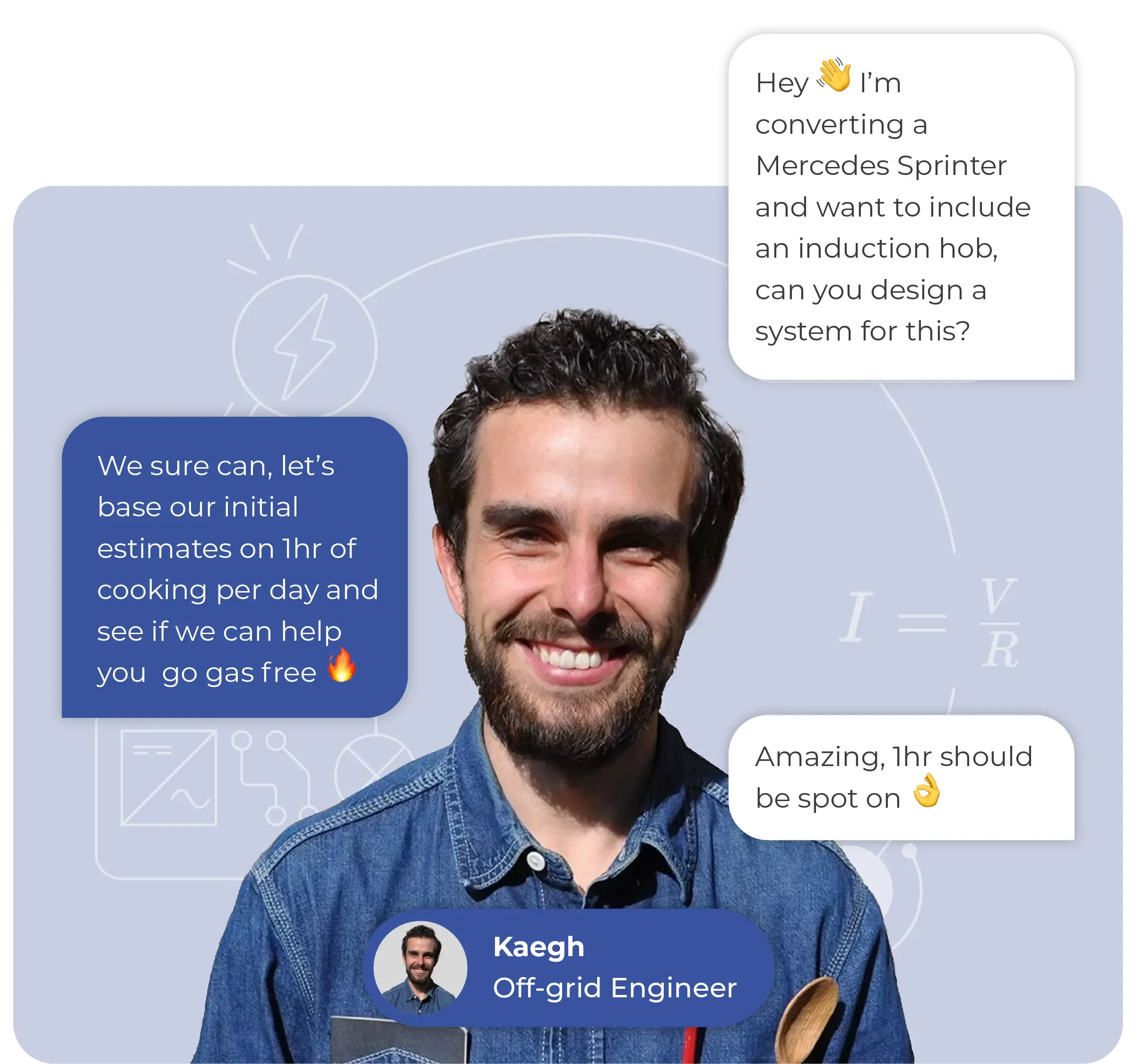
EcoFlow vs Victron
If you think an EcoFlow Power Kit might suit your power requirements, the final question is: what’s the difference in price between an EcoFlow kit and a bespoke system? To answer this question, we’ve compared the price of the EcoFlow kits with the combination of Victron components which could achieve the same functionality.
As well as the Victron components, we’ll be comparing the EcoFlow batteries with Fogstar’s. We always spec Fogstar lithium batteries in our systems because we think they have the best balance of cost and performance.
To start with, we’ll run through a quick cost comparison of the individual components. Then, we’ll compare whole systems, considering which option is more practical and cost effective.
Power Hub and cable pack
The EcoFlow Power Hub and cable pack costs £2,099.
If we were to use Victron products instead of the EcoFlow Power Hub, we could achieve the same capabilities with the following components (note, in this case, we would use 12V leisure batteries, instead of 48V):
- 3000W MultiPlus (£1,522.49)
- 3 x 150/35 charge controllers (3x £328.90)
- 2 x 30A non-isolated B2B charger (2x £269.96)
- Lynx Distributor (£211.85)
- SmartShunt (£133.41)
- Cerbo (£313.53)
Therefore, the equivalent components total to: £3,708
In this case, the Power Hub is significantly cheaper than the equivalent combination of Victron components. However, a 3000W inverter is fairly huge and not a size we would regularly recommend for campervan users. A more popular size inverter is 500W, used by 46% of our customers. The 500VA Multiplus is only £427.68, bringing the total down to £2,613.
AC/DC distribution
The EcoFlow AC/DC distribution panel costs £549.
This distribution panel is a pretty simple piece of kit – it simply distributes the AC and DC power into a manifold of ports, into which you can wire your 12V devices and connect up your 230V plug points. To achieve the same capabilities in a Victron system, you could use the following components:
- 2x 230V consumer units (2 x £49.95)
- 12V fuse board (£57.50)
Therefore, the equivalent components total to: £157.40
When these components can be sourced so cheaply, the price of £549 for the EcoFlow AC/DC distribution panel seems a little excessive.
Power console
The EcoFlow Power Console costs £329.
Victron has a very similar monitor with a touch screen, called the GX Touch. The GX Touch 70 costs £331.38, so is very similar in price.
Batteries
The EcoFlow lithium batteries are definitely pretty expensive. To illustrate, here’s a comparison of the EcoFlow batteries with a few other lithium battery brands. Since they all come in different sizes and operate at a different voltage, we can compare the price per 1000Wh.
EcoFlow Power Kit batteries
£999.50 per 1000Wh
Warranty unknown
~3,000 cycles at 80% DoD
£839.80 per 1000Wh
Warranty unknown
~3,500 cycles at 80% DoD
Competitor 12V batteries
£285.16 per 1000Wh
5 year warranty
3,500 cycles at 80% DoD
£862.38 per 1000Wh
5 year warranty
2,500 cycles at 80% DoD
£790.83 per 1000Wh
10 year warranty
7,000 cycles at 80% DoD
From these comparisons, we can see that the Victron batteries will be cheaper per Wh than the 2kWh EcoFlow battery. However, if you’re bulking up and going for the 5kWh EcoFlow battery, this will actually be cheaper than a Victron battery.
Saying this, we don’t often recommend Victron batteries to our customers because we know they are other battery brands which are less expensive but just as high-quality. If you were building your own bespoke system, you could choose a brand such as Fogstar, which would be considerably cheaper than the EcoFlow batteries.
Solar panels
To compare the cost of EcoFlow and Victron solar panels, we have calculated the price per 100W. This allows us to compare panels of slightly different sizes.
|
| EcoFlow 100W | Victron 115W |
|---|---|---|
| Price | £169.50 | £106.96 |
| Cost per watt | £1.70 | £0.93 |
| EcoFlow 400W | Victron 360W | |
|---|---|---|
| Price | £529.50 | £329.70 |
| Cost per watt | £1.32 | £0.92 |
From the table above, we can see that the EcoFlow panels are, again, more expensive than Victron’s.
We would like to be able to compare the efficiency of these panels, which might justify this extra expense, but unfortunately EcoFlow have not released any useful data. In fact, we don’t even know the dimensions of the EcoFlow panels yet. Granted, this product is very new, but hopefully we’ll find out soon.
EcoFlow Power Kits vs bespoke electrical systems
Comparing the EcoFlow components with Victron’s has revealed that EcoFlow prices are a fair bit higher, on everything except the Power Hub itself. But let’s see how the costs add up when we compare the whole electrical system.
We’ve put together three examples of campervans which need an electrical system, all with very different power requirements. We’ve outlined how frequently each campervan will be used, the daily power usage, and whether they’ll have shore power or be fully off-grid.
For each example, we have detailed the list of components which we would recommend, then we have chosen an appropriate EcoFlow Power Kit which could be used instead. Let’s compare the two, taking into account cost and functionality.
Example 1 – full-time van life, mixed usage
Appliances
Fridge
Phone chargers
Laptop chargers
Blender
This customer was planning on using their van both off-grid and on campsites. Additionally, they would be living in their van full-time.
For this example case, where the daily power usage is relatively low, a small lithium battery bank is needed and a small inverter/charger to recharge from shore power when on campsites. The following components would be recommended to create a bespoke electrical system:
- 230Ah (2.9kWh) 12V lithium battery bank (1x 230Ah Fogstar Drift)
- 500VA MultiPlus inverter/charger
- 350W solar array (2x 175W Victron solar panels)
- 100/20 charge controller
- 30A B2B charger
- SmartShunt battery monitor
- 2x 150A busbars
- Cables, connectors, fuses, switches, etc.
Total cost: ~ £2,900
Alternatively, the following EcoFlow Power Kit could be selected:
- 2kWh battery pack
- 400W rigid solar panel
Total cost: £5,477
In this instance, the EcoFlow kit is 89% more expensive than the combination of Victron components, even though the battery capacity is actually slightly smaller (2kWh as opposed to 2.4kWh).
For this type of low-power usage, the high-specs of the Power Hub are unused – the inverter and DC-DC charger will be over-specced, and the extra MPPT charger within the hub will be redundant. As a result, we would recommend the bespoke electrical system which is significantly cheaper.
Example case 2
Appliances
Fridge
Phone chargers
Laptop chargers
WiFi router
Speaker
Blender
TV
This customer was planning on using their van fully off-grid. Additionally, they would be living in and working from their van full-time.
For this type of usage, the system does not need a MultiPlus inverter/charger, because the campervan is always off-grid and doesn’t need shore power charging. Instead, a simple campervan inverter can be used which keeps the costs down.
For a bespoke electrical system, the following components would be recommended:
- 460Ah (5.9kWh) lithium battery bank (1x 460Ah Fogstar Drift PRO)
- 800VA inverter
- 560W solar array (4x 140W Victron solar panels)
- 150/35 charge controller
- 30A B2B charger
- Cerbo GX
- SmartShunt battery monitor
- 2 x 250A busbars
- Cables, connectors, fuses, switches, etc.
Total cost: ~ £4,700
Alternatively, the following EcoFlow Power Kit could be used:
- 5kWh battery pack
- 400W rigid solar panel
Total cost: £7,677
In this instance, the EcoFlow kit is 63% more expensive than the combination of Victron components, even though the solar power is slightly under-specced. We would usually recommend a little more solar for this type of usage, but the next EcoFlow size option would be 800W, which is unnecessarily large.
Once again, the inverter and B2B charger in the EcoFlow kit are much bigger than necessary. And again, some aspects would be redundant, such as the AC/DC charger and the spare MPPT charge controller.
Example case 3
Appliances
Fridge
Phone chargers
Laptop chargers
Hairdryer
Electric kettle
Toaster
Speaker
This customer was planning on using their van both off-grid and on campsites. Additionally, they would be using their van for weekends away and occasional longer trips.
For this high level of daily power usage, the following components would be recommended to create a bespoke electrical system:
- 460Ah (5.9kWh) lithium battery bank (1x 460Ah Fogstar Drift PRO)
- 3000VA MultiPlus inverter/charger
- 700W solar array (4x 175W Victron solar panels)
- 100/50 charge controller
- 2x 30A B2Bs (60A charging power)
- Cerbo GX and 7 inch touch screen
- SmartShunt battery monitor
- Lynx Distributor
- Cables, connectors, fuses, switches, etc.
Total cost: ~ £7,600
To match the capabilities of the bespoke system, the following EcoFlow Power Kit could be selected:
- 5kWh battery pack
- 2 x 400W solar panels
- Power Kit Console
Total cost: £8,535
In this instance, the EcoFlow kit matches the needs of the campervan really well. The 5kWh battery pack, 800W of solar and 3000W inverter are all appropriately specced for this level of usage.
As a result, the EcoFlow kit is only 12% more expensive than the Victron system. For this reason, the EcoFlow kit might be a good choice for this campervan.
Our verdict
We’re definitely impressed with how slick and compact these kits are, with the simple connections making installation much quicker and less complex. The Power Hub in particular is really unique and has the potential to be a simple substitute for untidy, complex systems. In fact, if you could buy the Power Hub separately and combine it with components from other brands, we’d definitely recommend that as an option. However, EcoFlow has stated that the Power Hub is not compatible with third-party batteries, which rules this option out.
Unfortunately, for many people, the high-spec of the EcoFlow kit makes it overly expensive in comparison to a smaller, bespoke system. For the majority of DIY van converters, we think you’ll get the most out of your campervan electrical system if every component has been carefully chosen, based on your specific needs.
You should also note that these EcoFlow Power Kits are brand new and relatively untested, so there may-well be some teething problems in the beginning.
In conclusion, the EcoFlow Power Kits might be absolutely perfect for some campervans, but in comparison to a conventional electrical system, they are significantly more expensive and difficult to customise.
The simplicity of the EcoFlow kits may seem tempting if you find campervan electrics really daunting, but that’s what we’re here for! At Nohma, every system we have designed so far has been different, because it was carefully tailored to match the needs of each individual campervan.
Our electrical design service is completely free! You just need to answer a few questions about your usage, and we’ll send you a bespoke design, obligation free. If you then decide to buy your components through us, we’ll also send you a free wiring diagram.
Campervan electrics leaving you confused?

EcoFlow Power Kit FAQS
-
The EcoFlow Power Kit is available to buy in our webshop.
-
Choosing your battery size is not a simple process – it depends on how much power you’ll use per day, how many days you want to last off-grid, and what kind of charging methods you’ll have. If you need help, have a read of this article on campervan electric basics. Alternatively, you can use the Nohma design service to help you design your campervan electrics.
-
No, the touch screen console is not an essential part of the EcoFlow kit – you can access all the same settings and information through the EcoFlow app. However, the console will give you easy access to your campervan’s electrical system at all times.
-
The EcoFlow Power Kit starts at £4,947, with the most expensive option costing £17,031. The price of the kit will depend on a couple of factors, such as battery size and solar panel choice. Experiment with the drop down menus on our product page to see how your choices will affect the price.
-
The EcoFlow Power Kit has been designed to simplify installation – there are only a few modules which must be connected. However, the EcoFlow kit does not remove the need for any electrical work. You’ll still need to wire up all the AC and DC loads, connect to the vehicle’s alternator, and potentially install an electric hook-up point. Therefore, although the EcoFlow kit does simplify things, you’ll still need to learn the electrical basics to install this system.
-
Yes, you can buy the Get Set Kit which simply includes the Power Hub, battery bank of your choosing, and a cable pack.
-
The Get Set kit is the most basic, with only the Power Hub and a battery bank, whereas the Prepared kit also includes the AC/DC distribution panel.


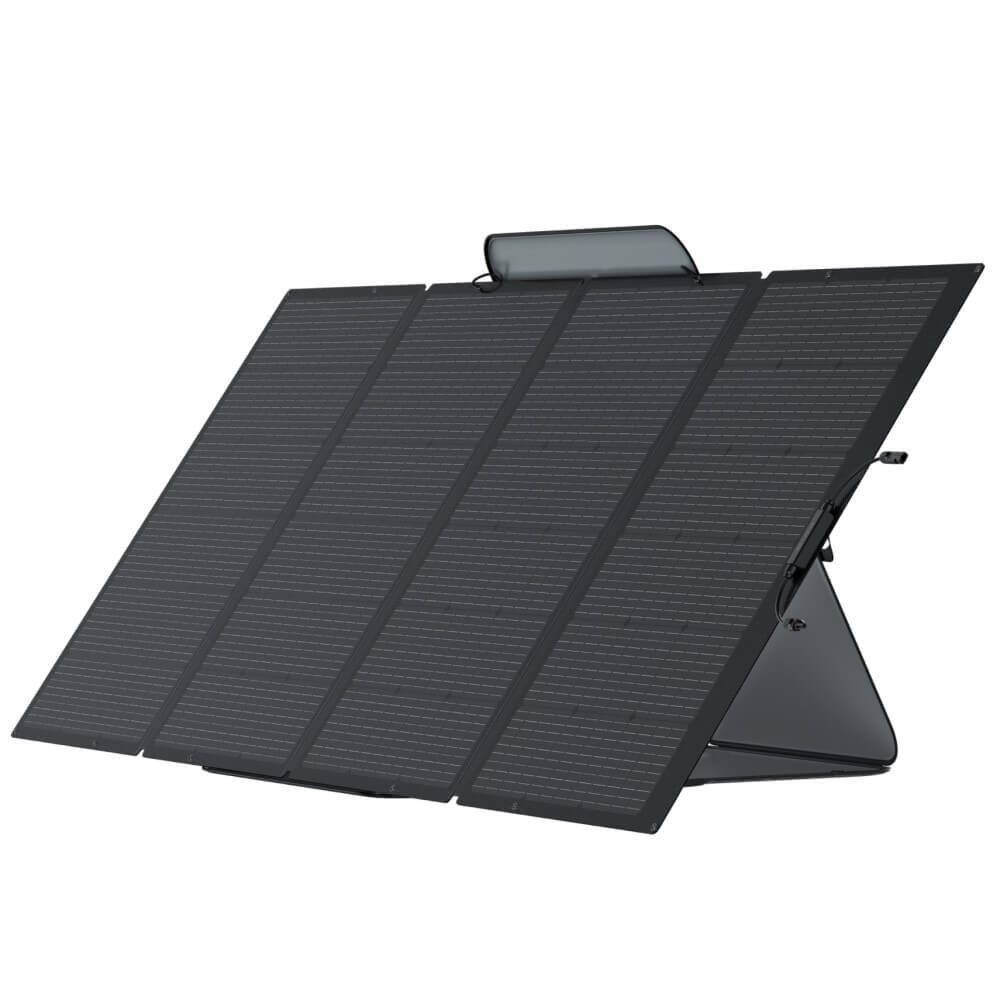

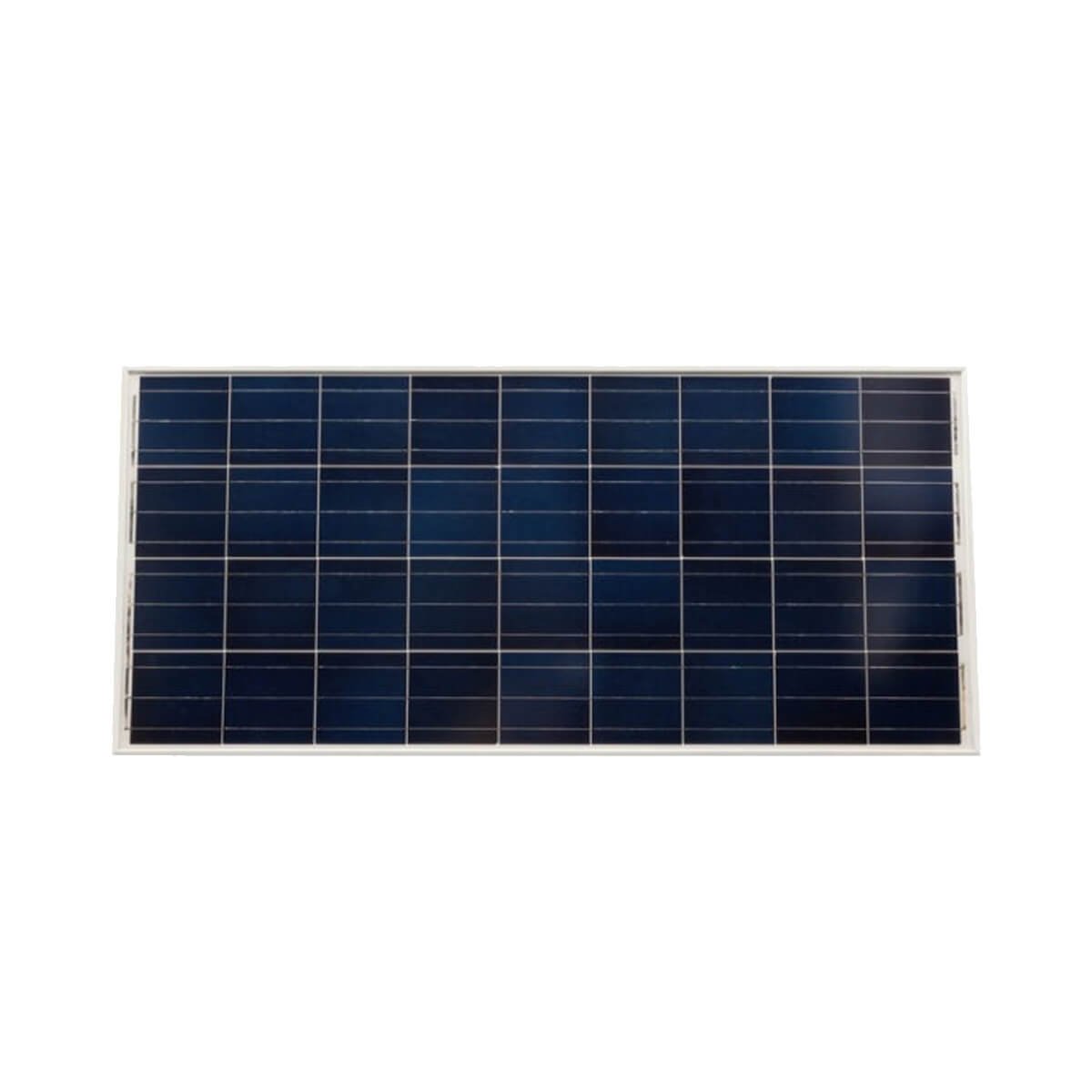


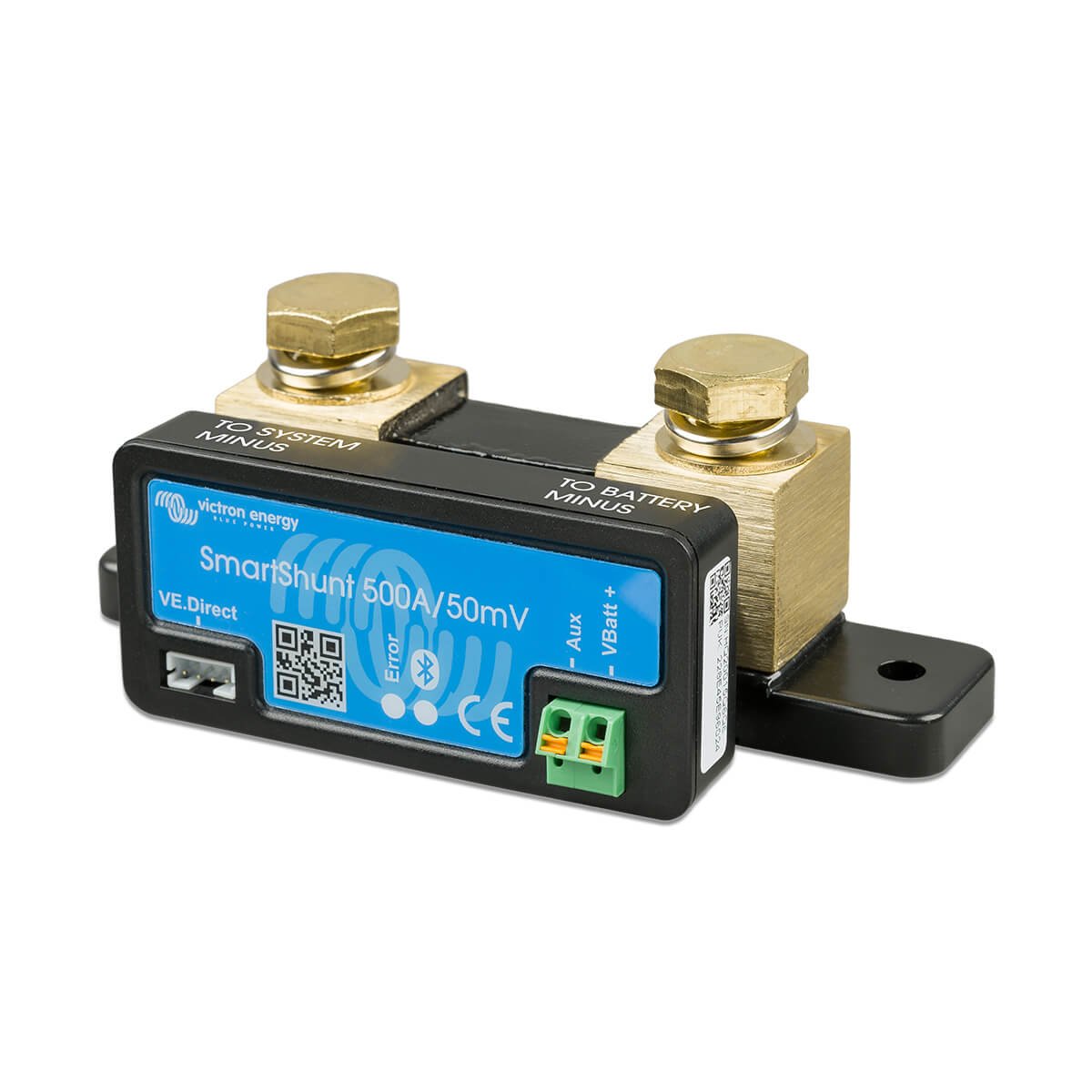
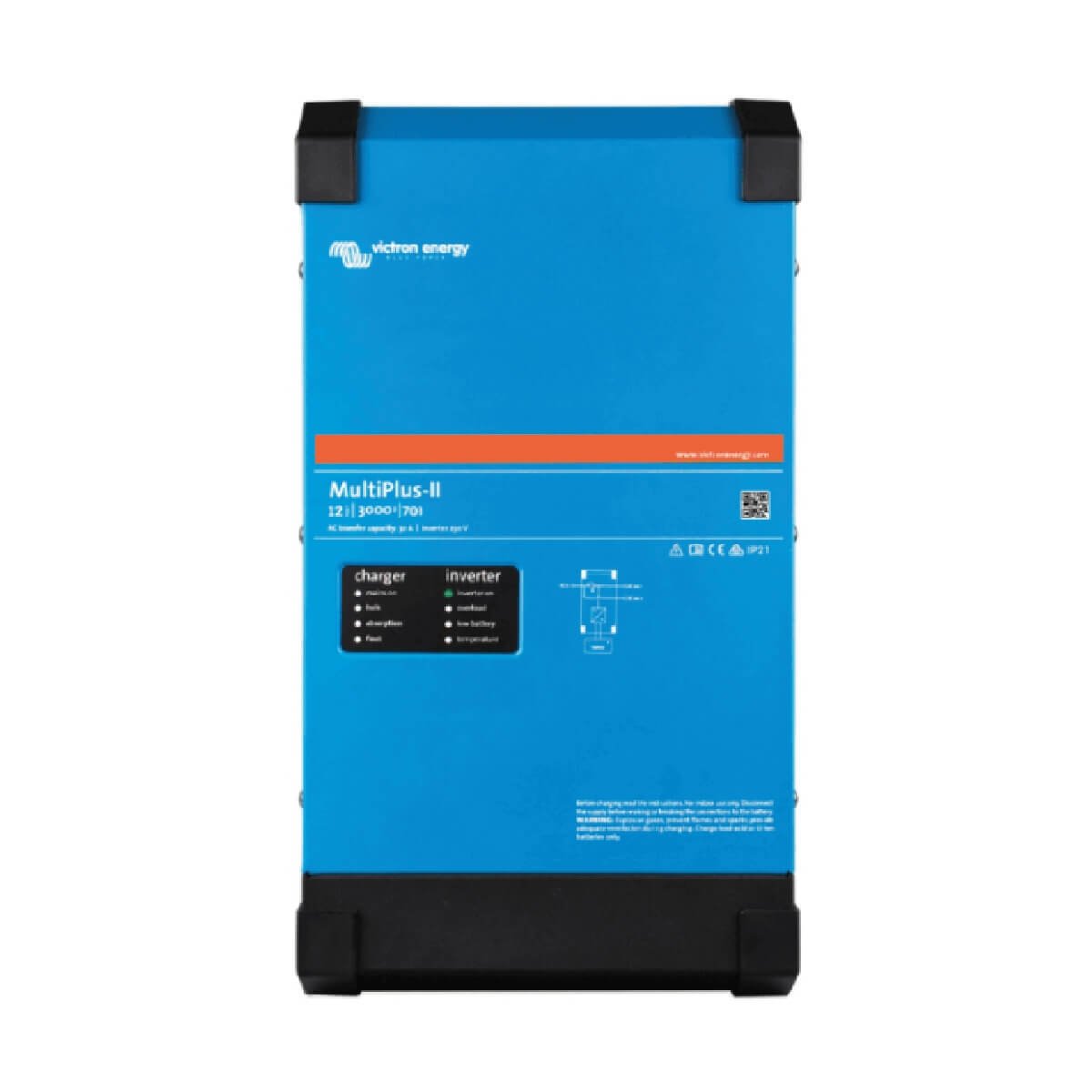
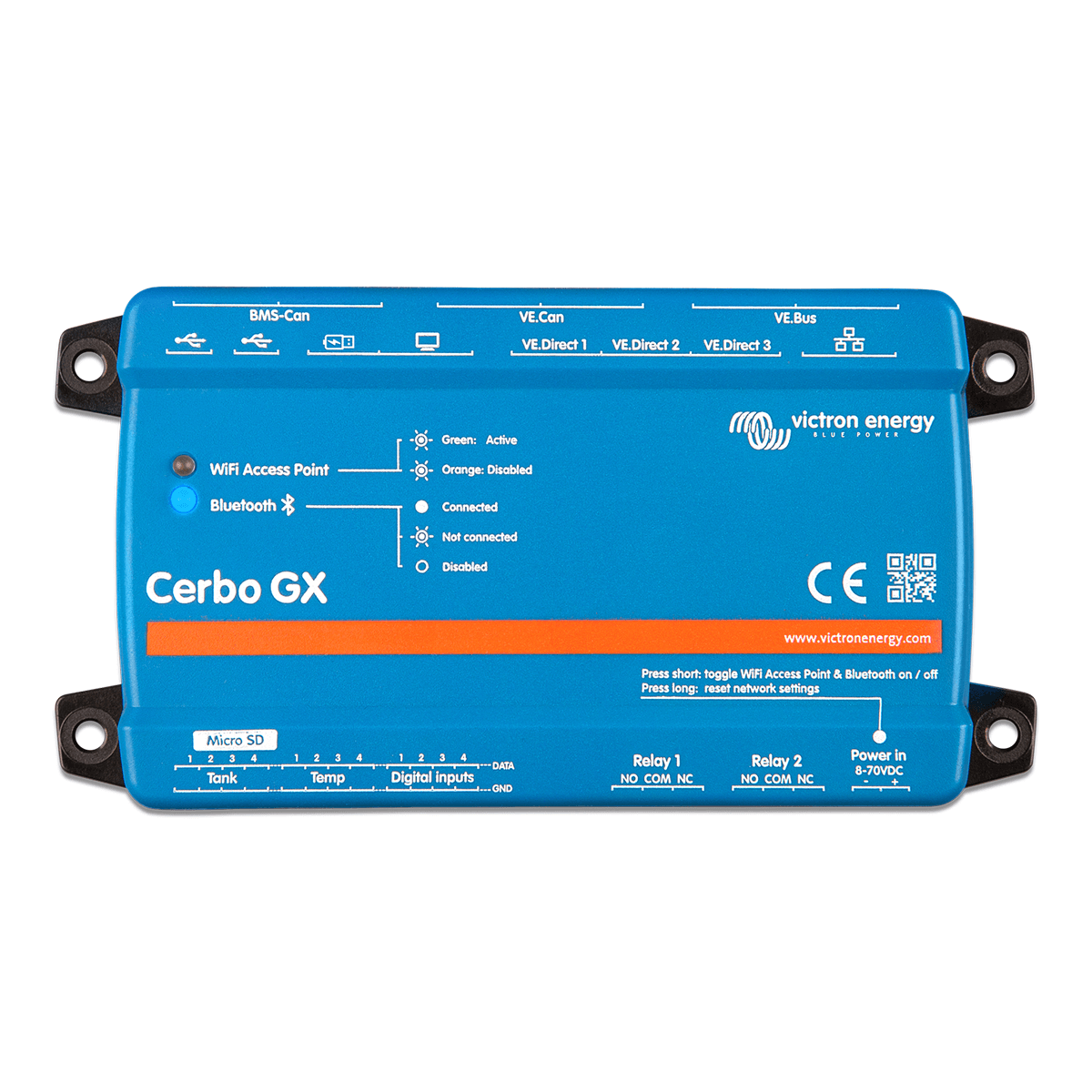

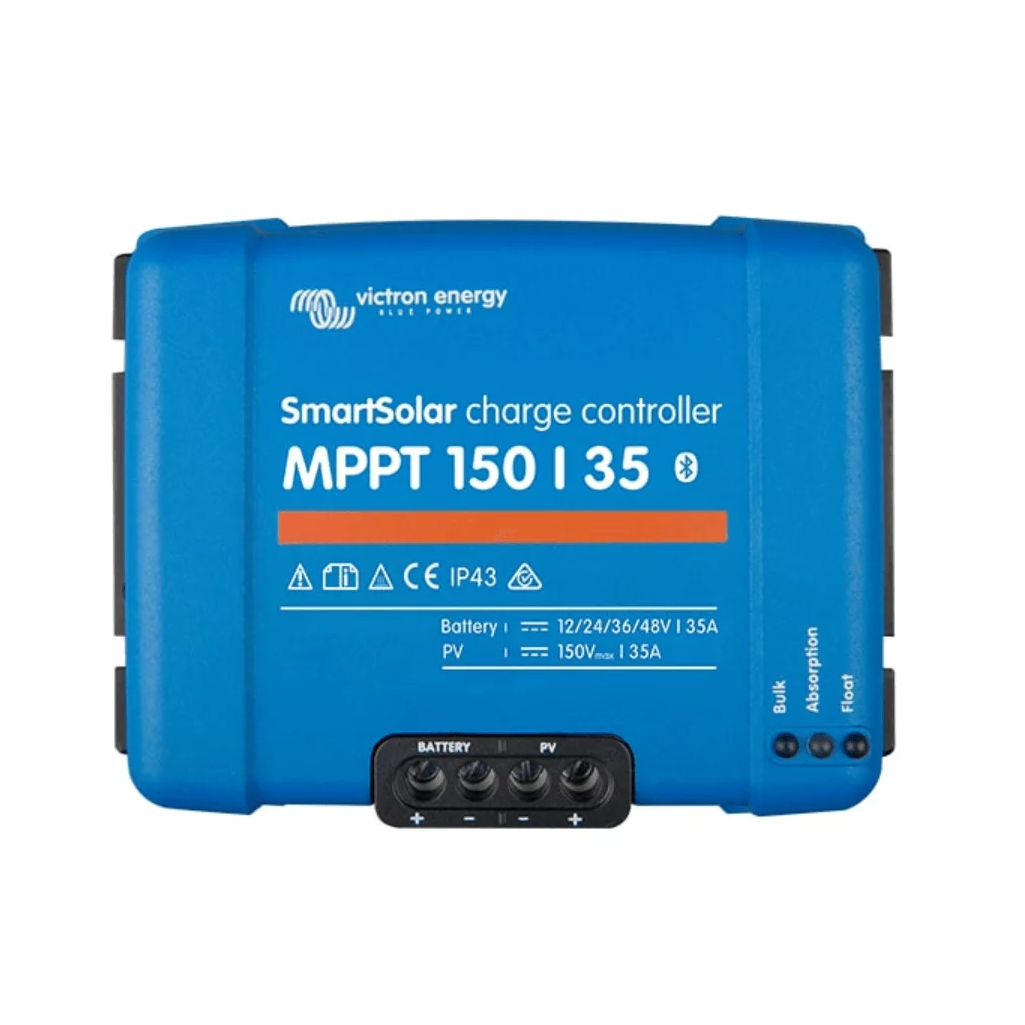



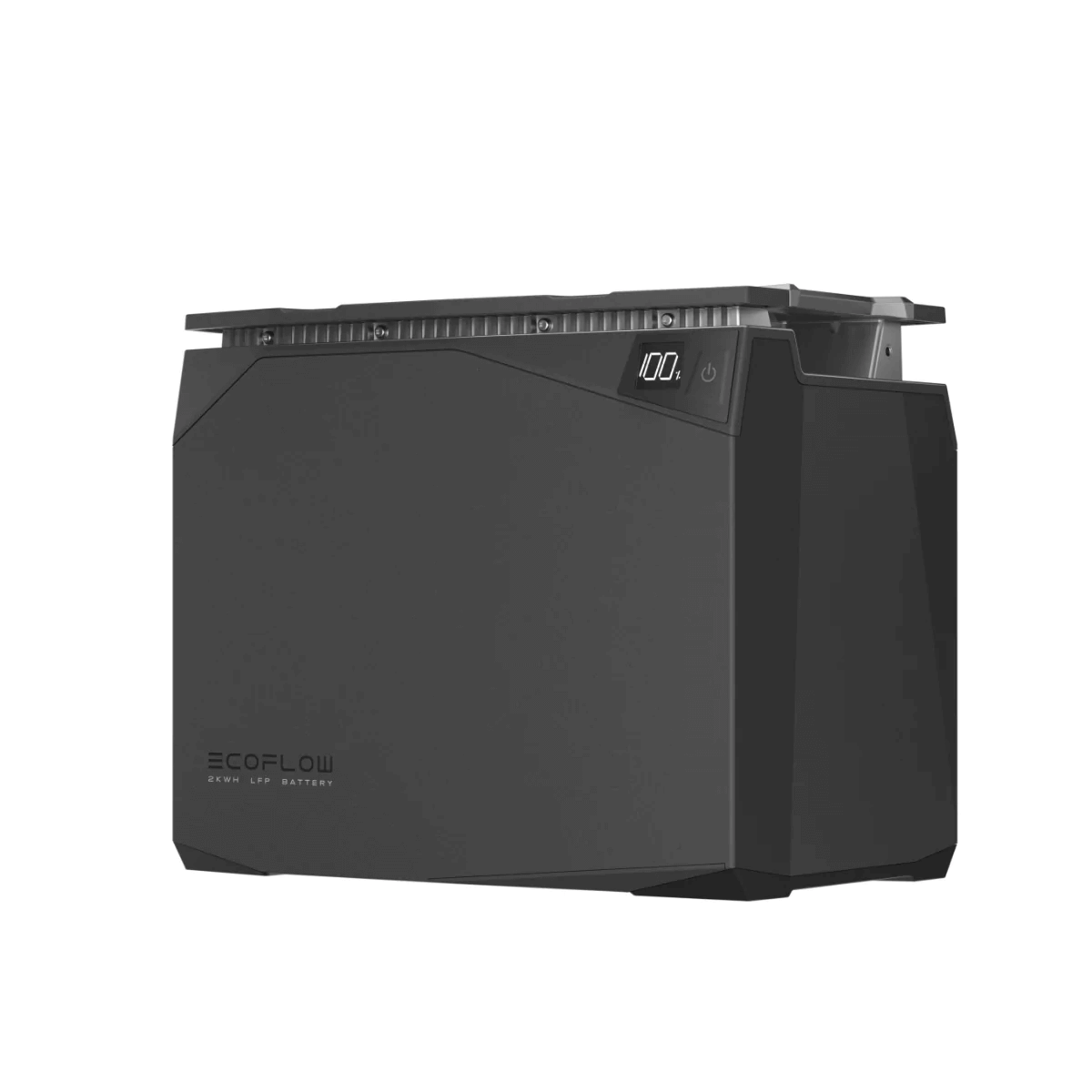
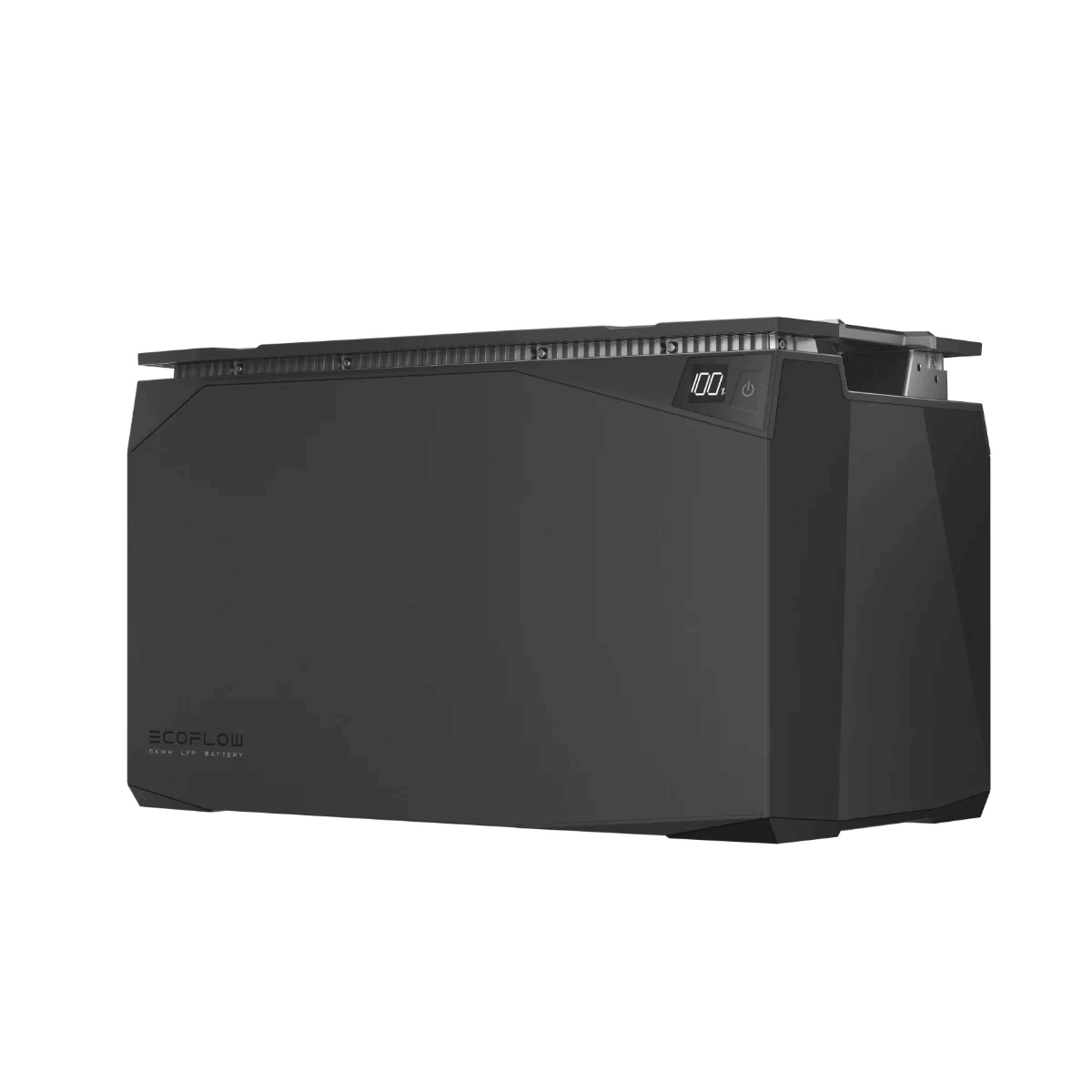
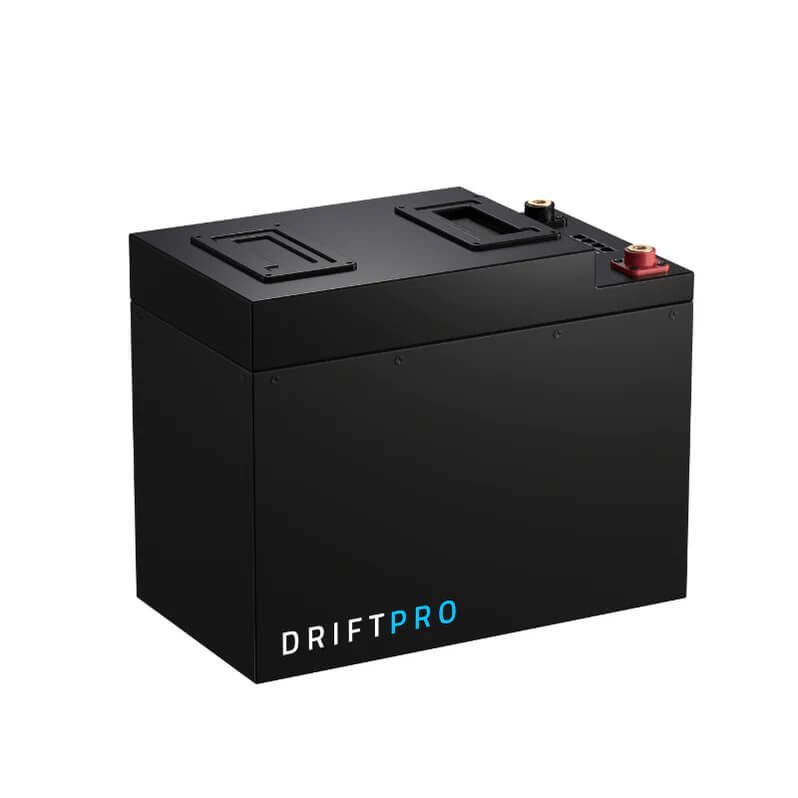
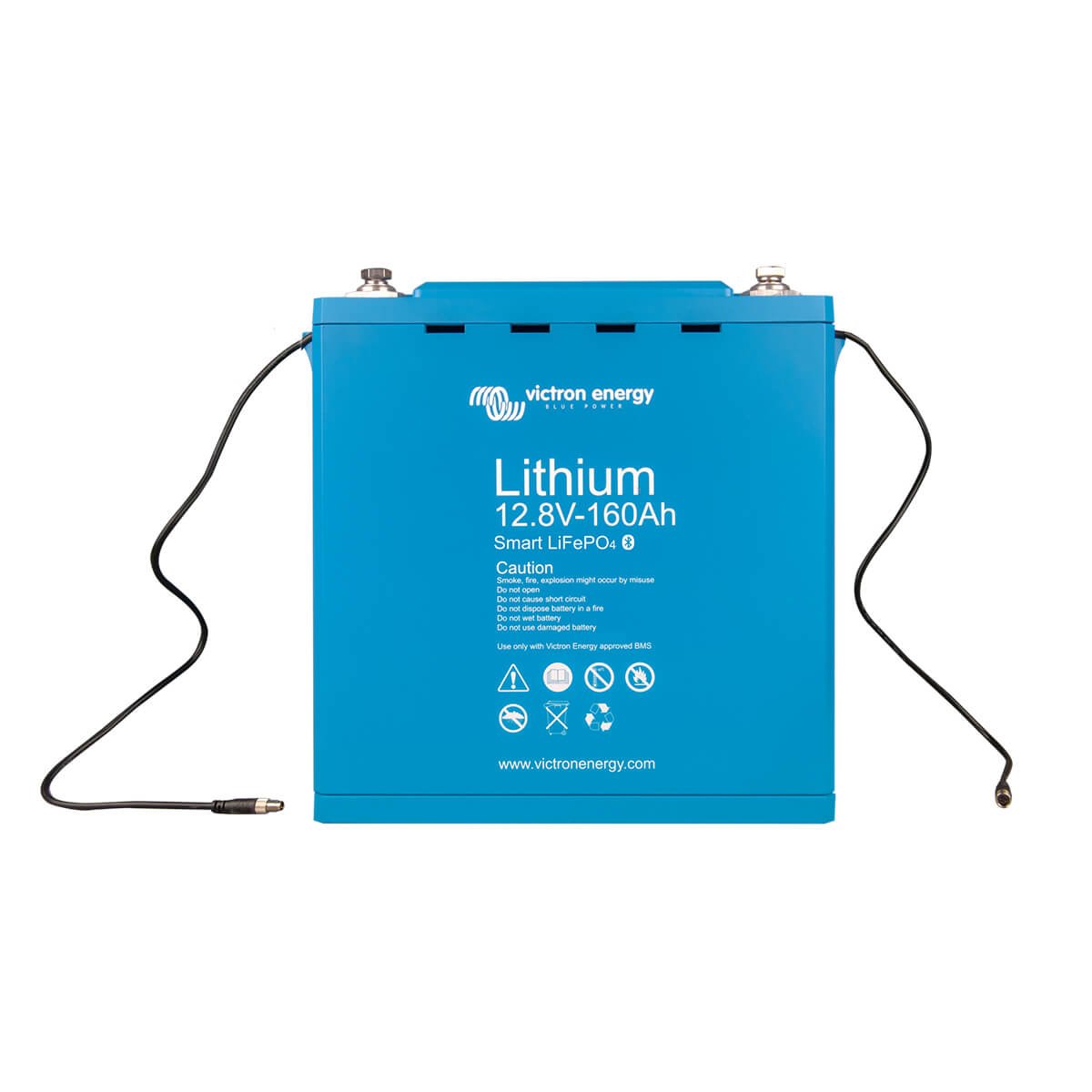
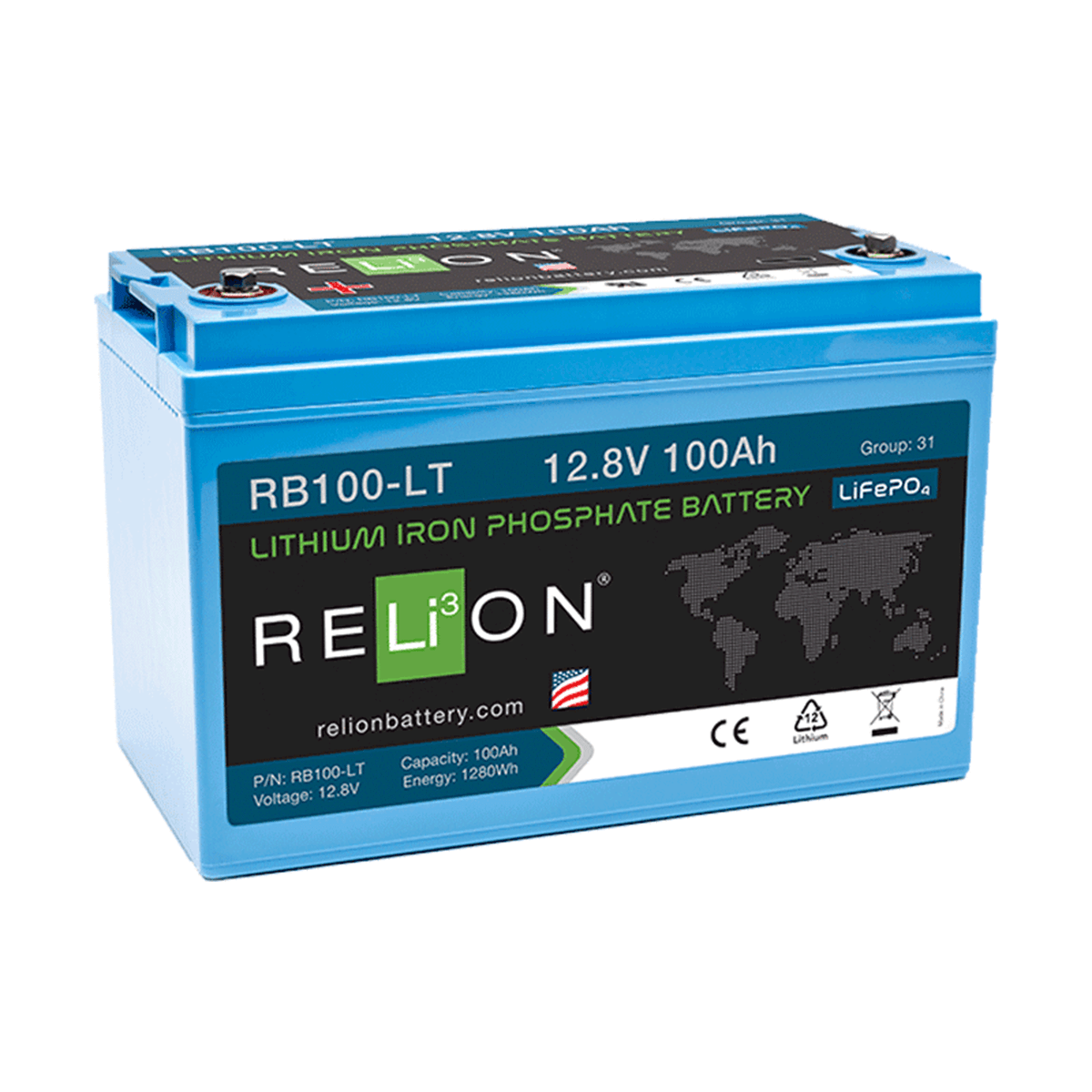
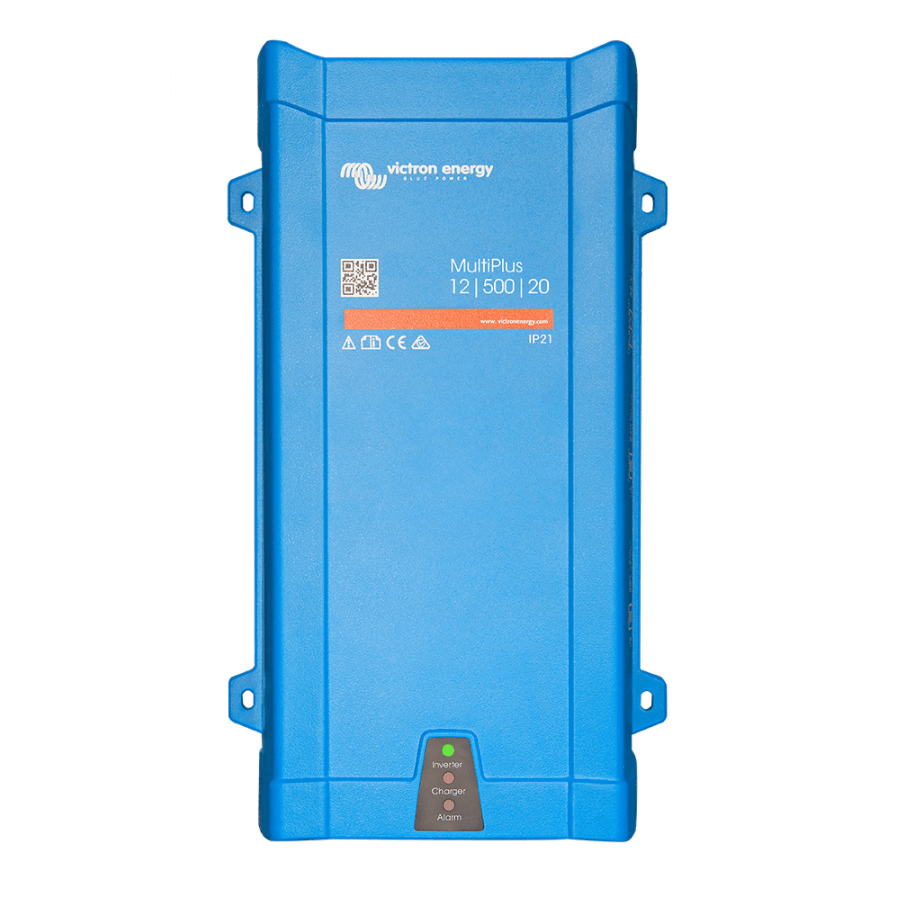
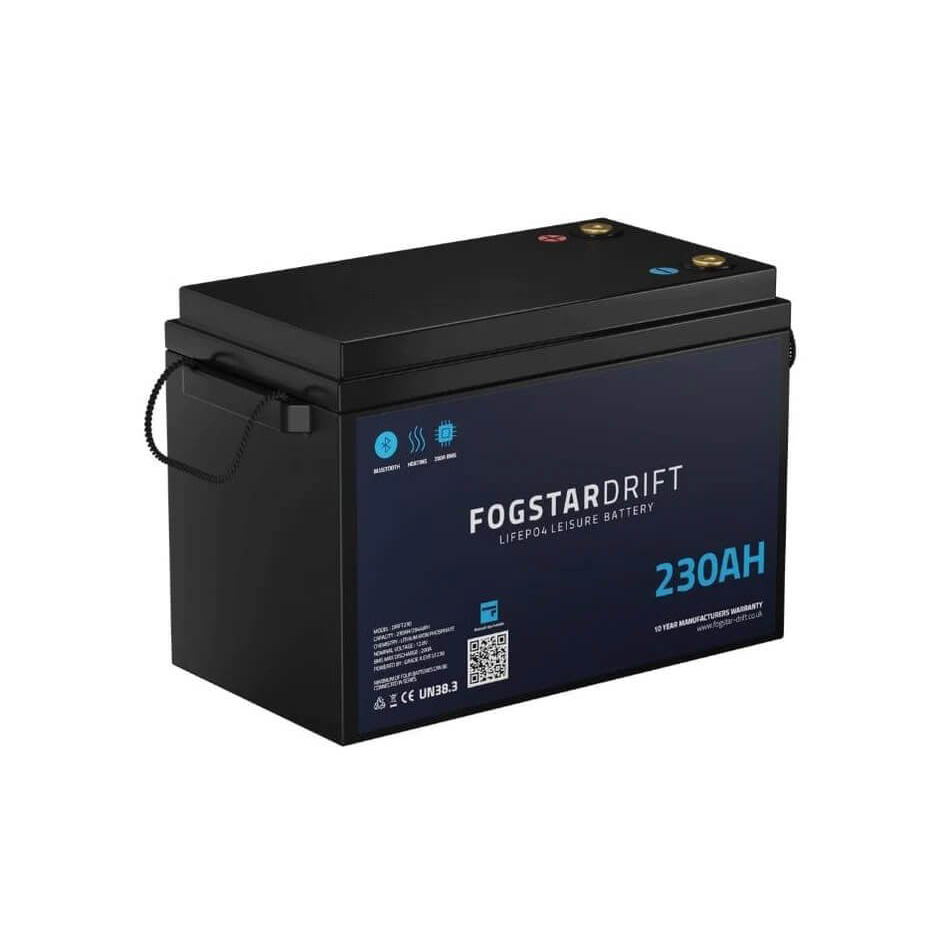
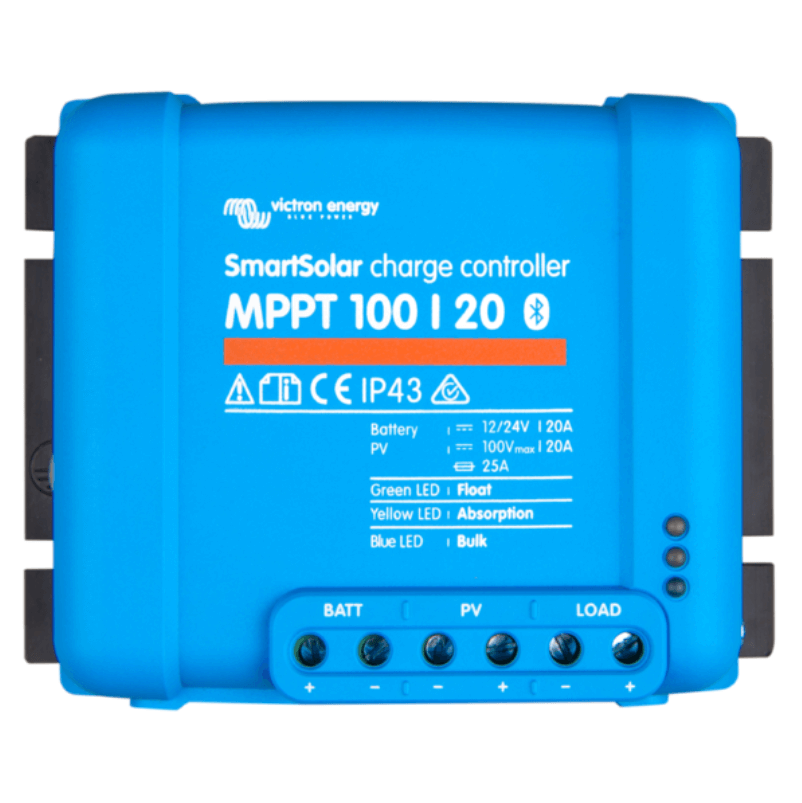
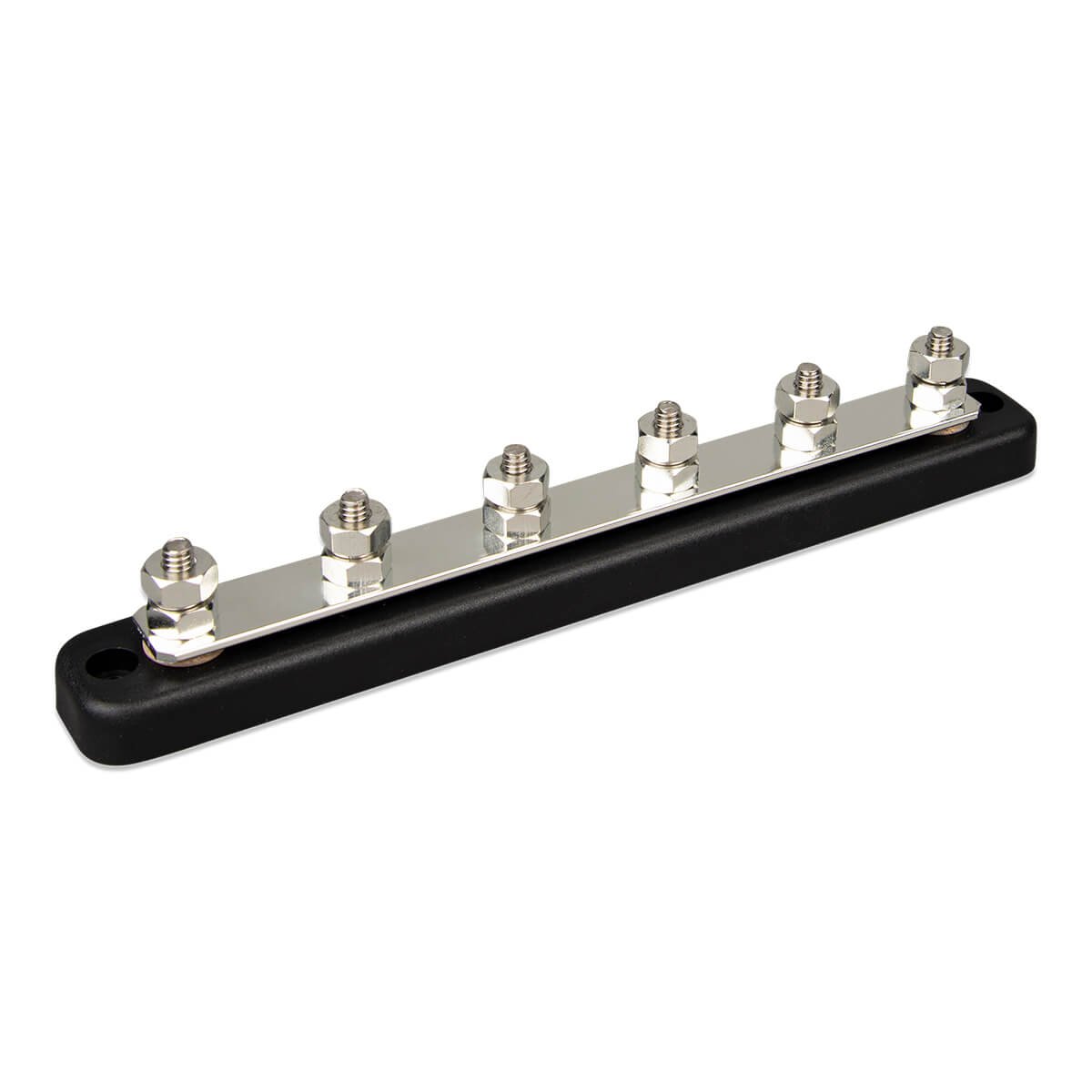
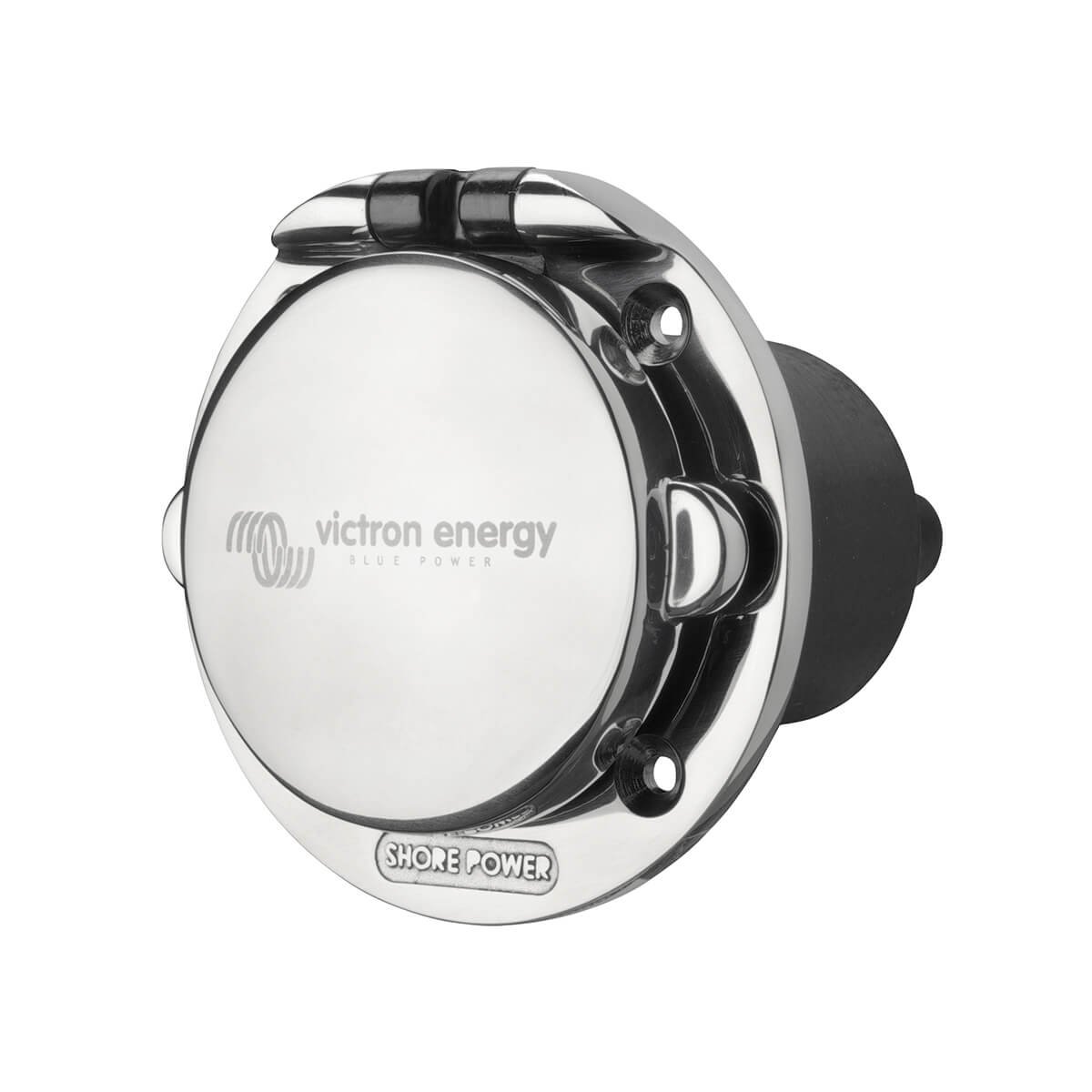


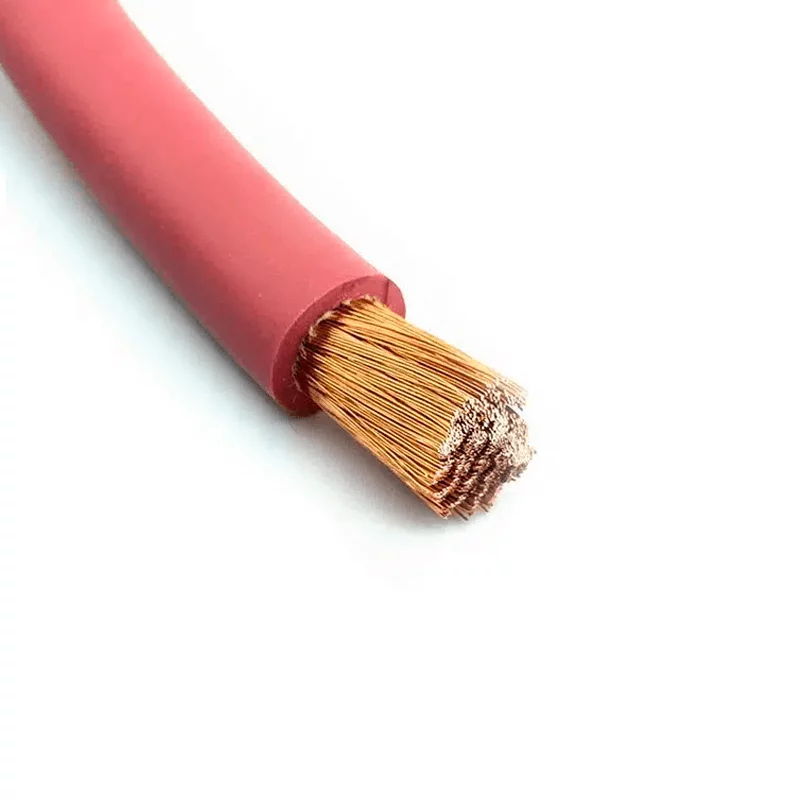
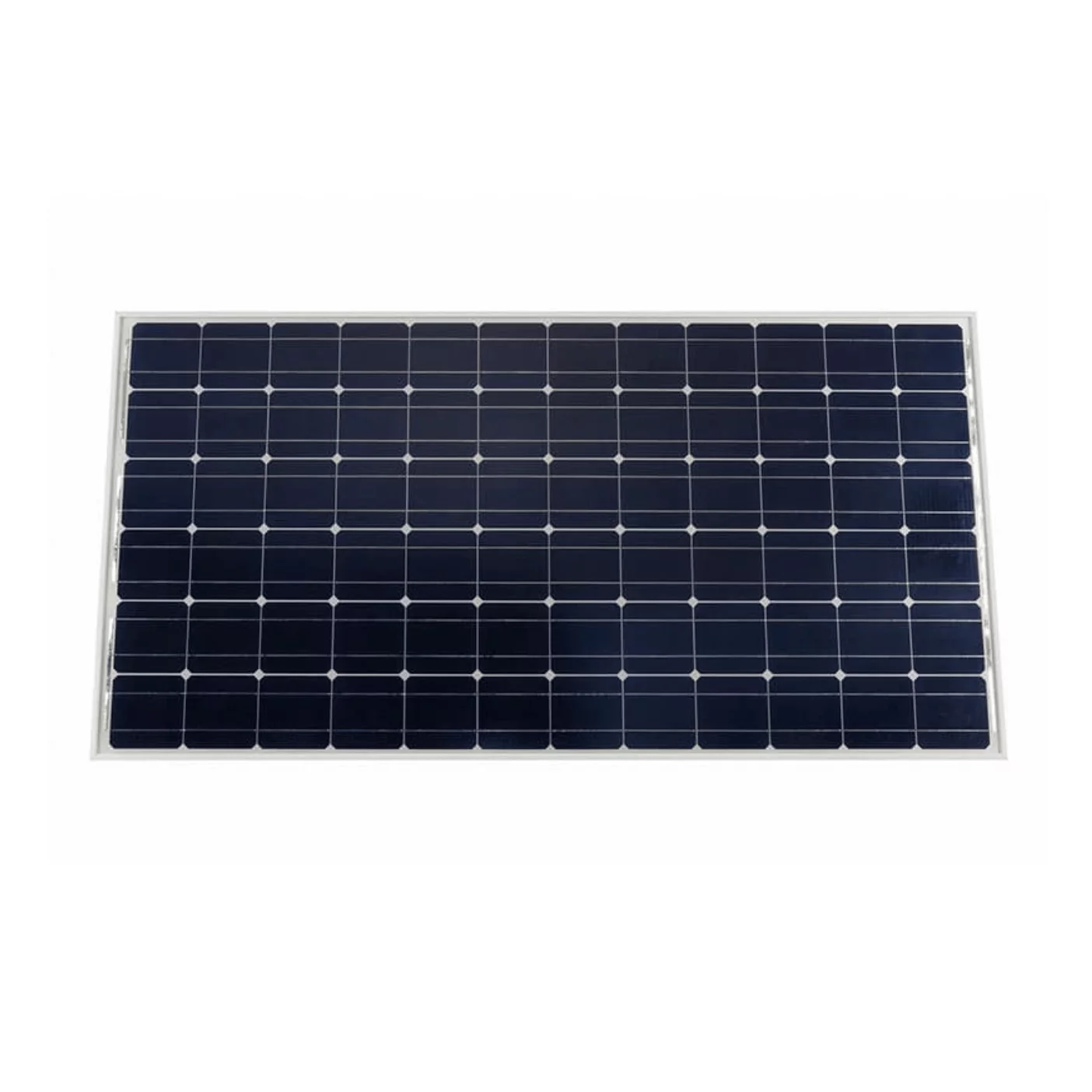
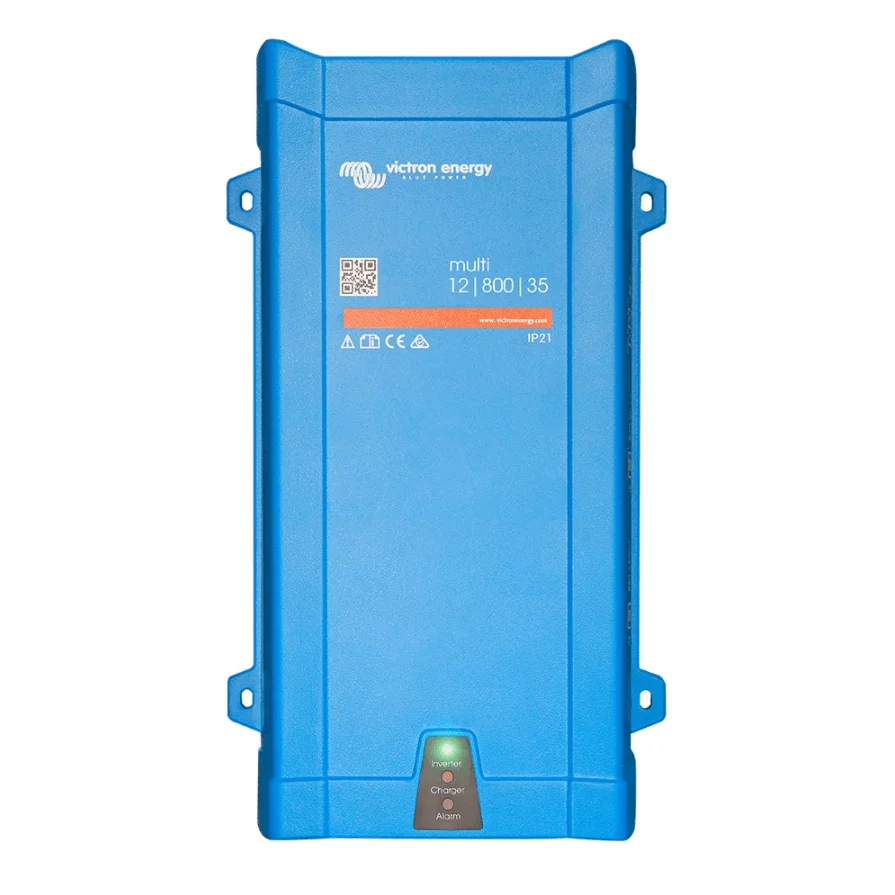
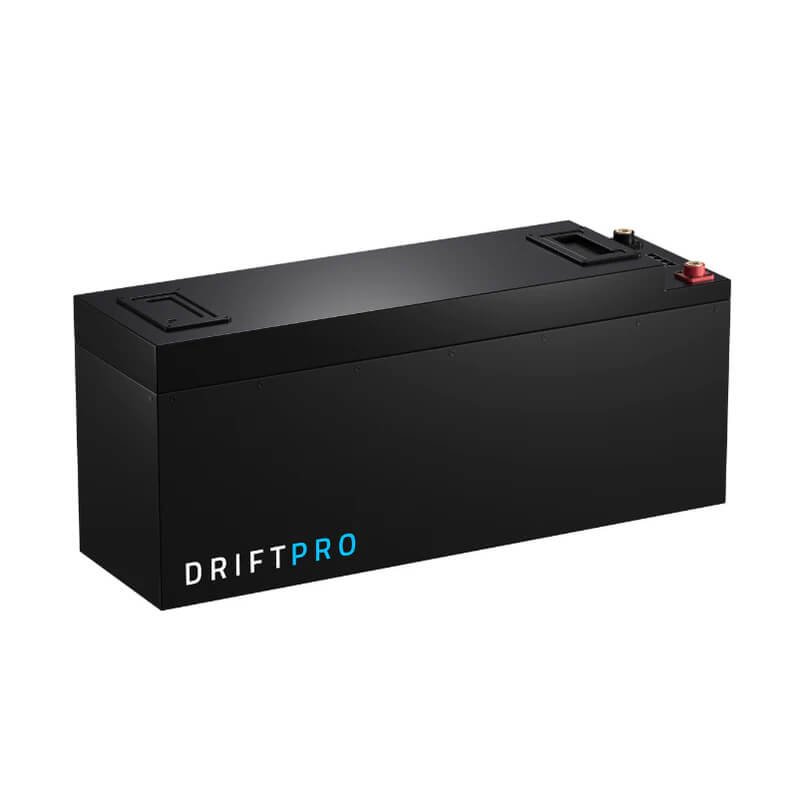
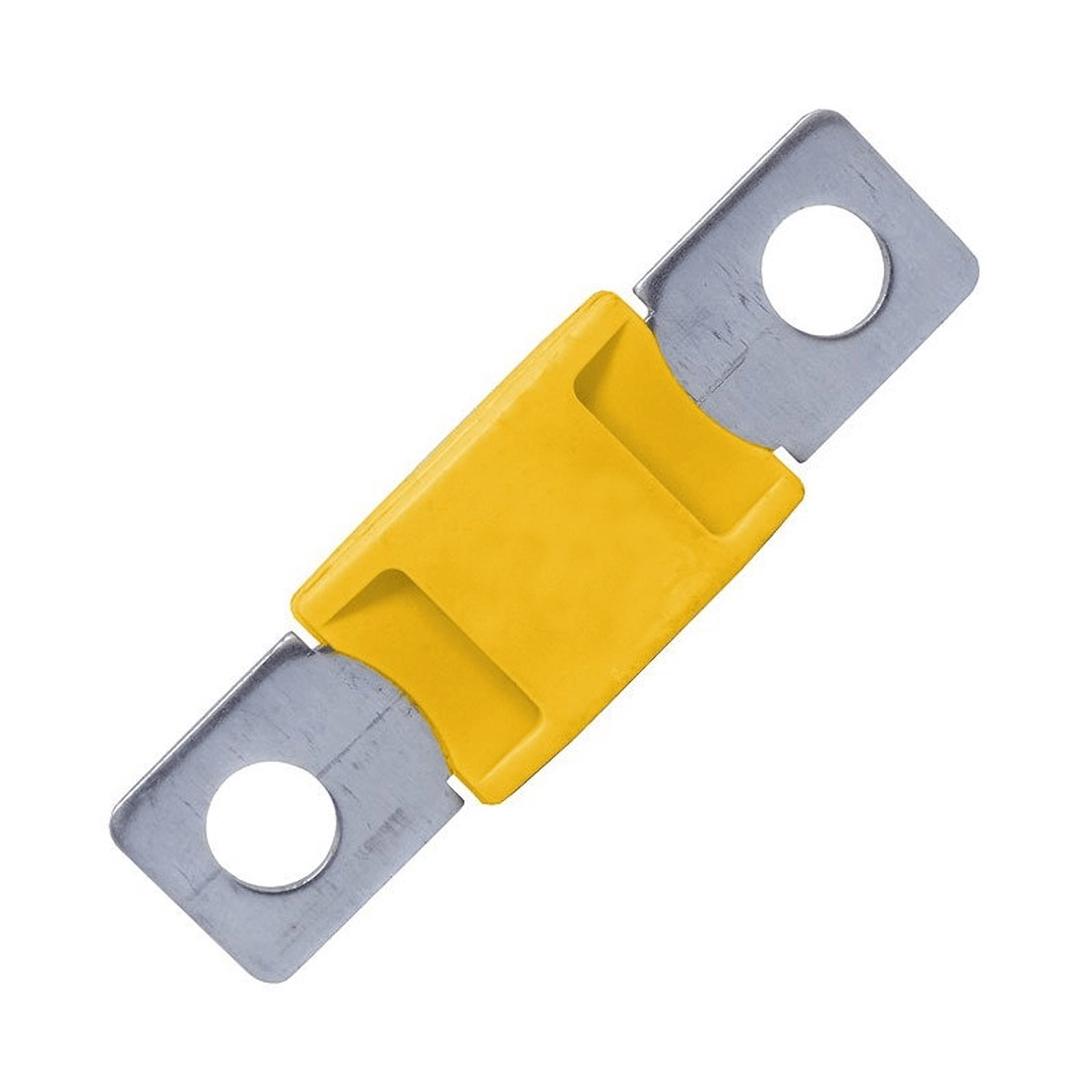
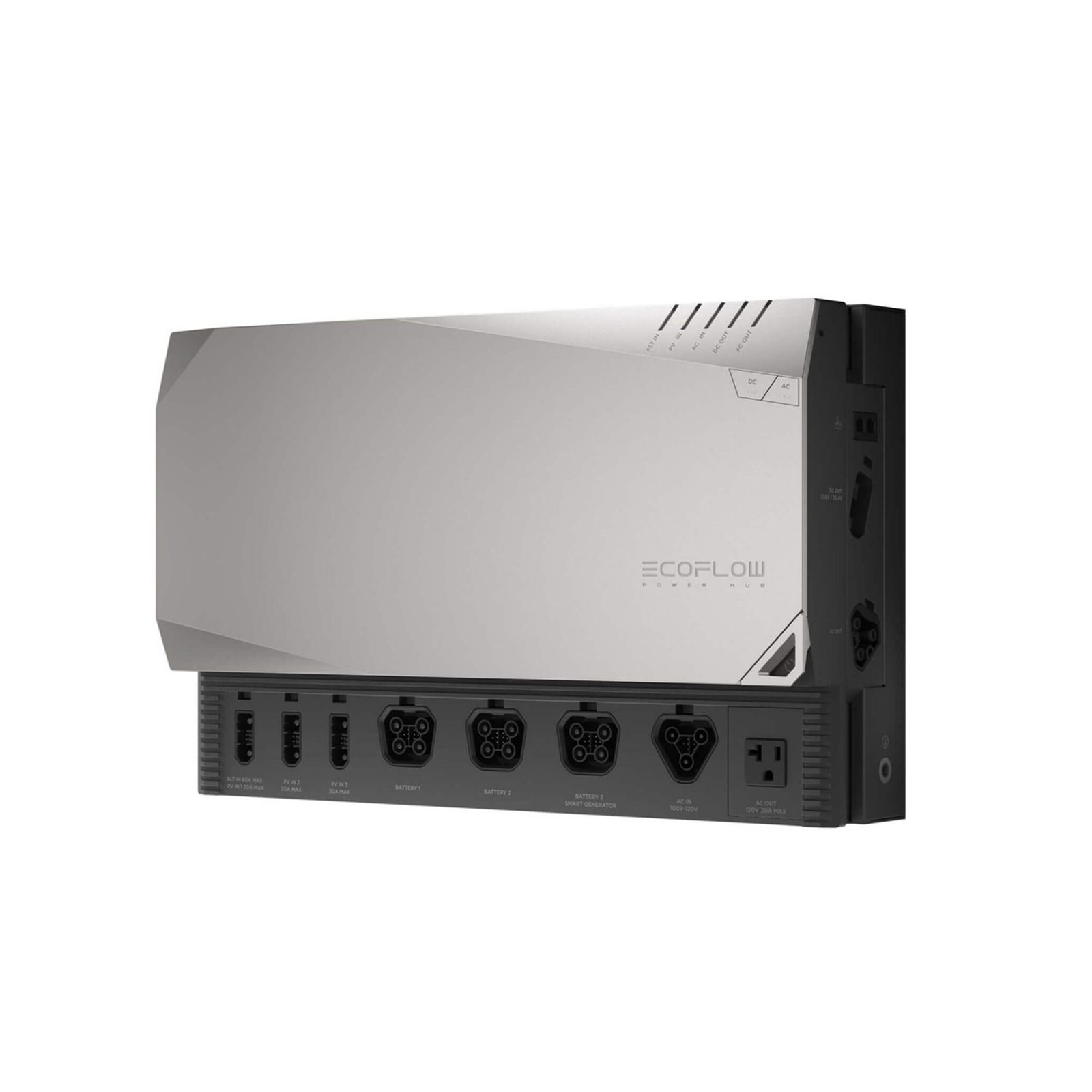
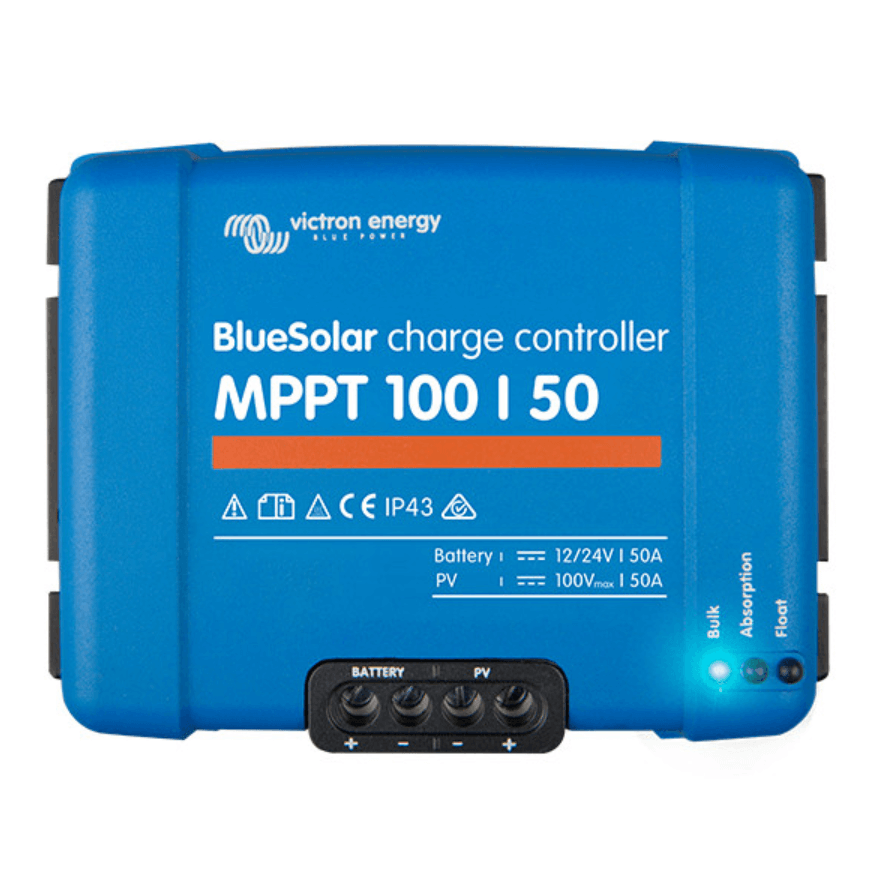
Super thorough and objective article. Much appreciated and admire your impartiality whilst also taking time to promote your services. The Ecoflow system is very tempting, especially in terms of simplicity, compactness and neatness but, upon reading your article we’ll continue to work with you at Nomadic Energy for a bespoke system.
Happy with the eco flow system very easy to install planning on full time living 7 ton truck no gas all electric We both work full time my 60 hours a week I don’t have time neither the head space to install complicated systems it does wot it says well happy it’s the future I reckon. They will come down in price